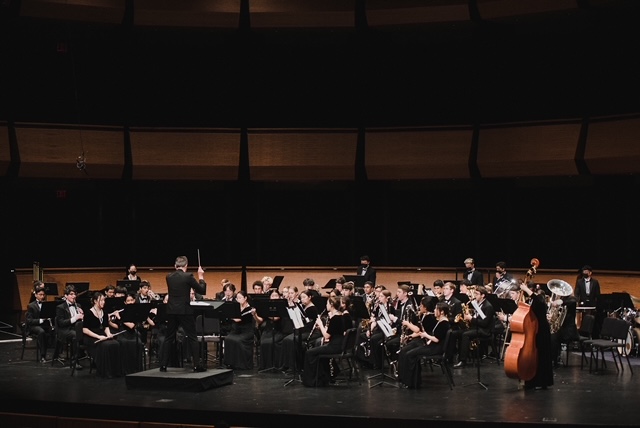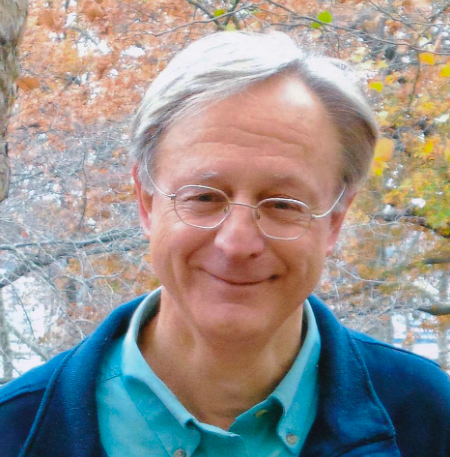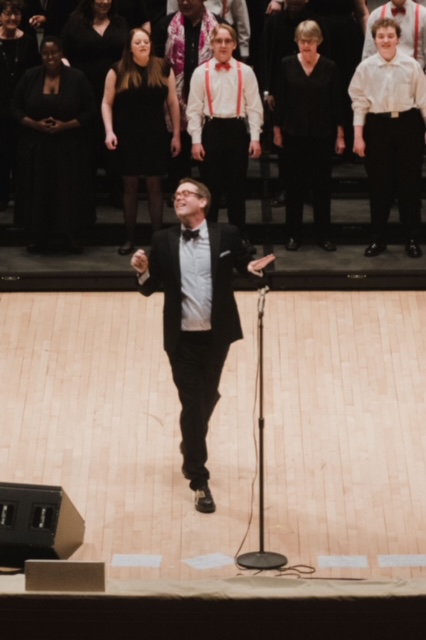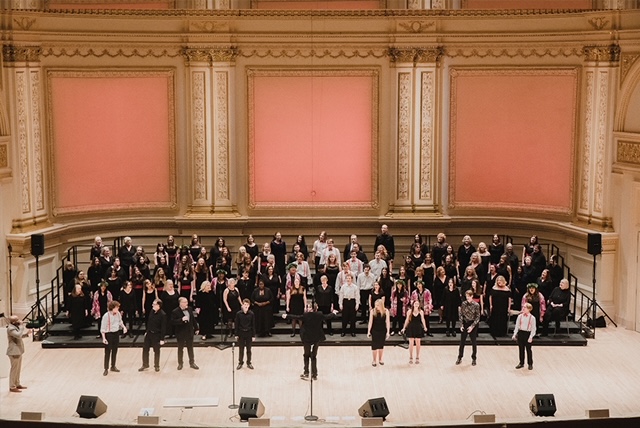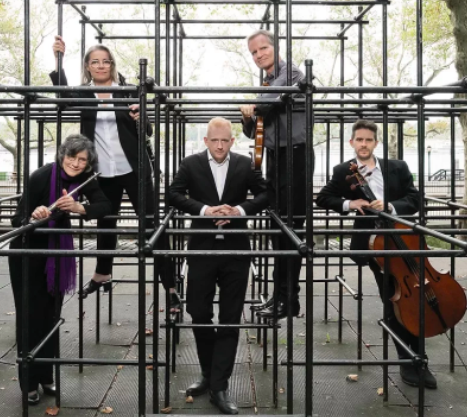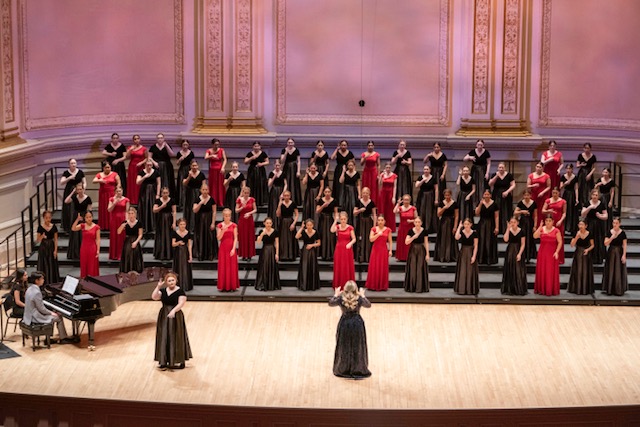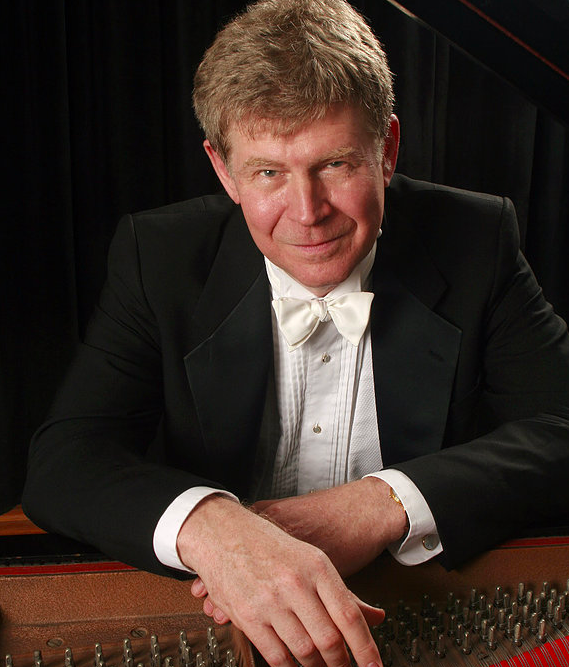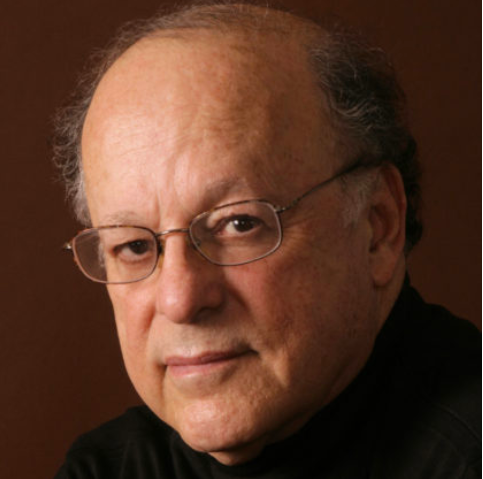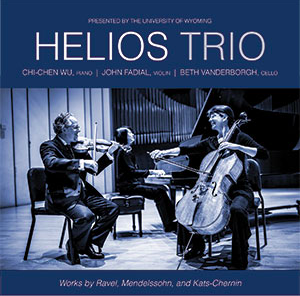A compilation of audio and
video recordings by Solomon Mikowsky and 75 of his piano students and alumni
Joseph Patrych, Artistic and Technical Director
March
2021
For the past fifty years, Manhattan
School of Music faculty member Solomon Mikowsky has been a nurturing presence
behind pianists who have garnered prizes, accolades, and teaching posts
throughout the world. As Mr. Mikowsky reached his 85th birthday last March, the
idea arose, credited to master recording engineer Joseph Patrych, to compile performance
videos by 75 of these students, past and present in a birthday tribute. Mr.
Patrych served as Artistic and Technical Director for the project, and the
resulting video is amazing.
There is no way to match in words the cumulative effect of hearing
these 75 pianists (many in live concert) – let alone a way to imagine the joy
and pride a teacher must feel in having taught and guided them all – but
suffice it to say that the reader needs to see it to believe it. The video is
linked here: Solomon Mikowsky Birthday Celebration
Being
assigned to hear all 75 seemed a daunting assignment for this reviewer, but despite
playing time of over three hours of music, there winds up being hardly a dull
moment. Thanks no doubt to Mr. Patrych, the styles skillfully alternate (“from
Rameau to Rzewski” as the subtitle states), with judicious excerpting and fadeouts
to move things along. A nitpicker might
object to the truncating of classics and some strange juxtapositions (such as
the middle of a Bach Partita movement to
the finale of Tchaikovsky’s Piano Concerto No. 1), but such criticism would be missing
the point. In its entirety the video resembles a potluck feast, with each
musician bringing a favorite dish, each unique (with sometimes just a taste),
and the result is a dreamlike retrospective greater than the sum of its parts. Rare
is the teacher who can cultivate such a range of musicianship with so many
personalities, but Mr. Mikowsky has done so and deserves great admiration for
it.
Repertoire
includes – though not presented in chronological order – Baroque, Classical, Romantic, and Impressionistic styles, as
well as more “modern” music, for lack of a better term. As one might
expect with a teacher strongly committed to music of Cuba, there are some Cuban
offerings as well as a fair helping of music from Spain. In addition there are excerpts
from concerti, segments from orchestral and chamber ensembles, and
transcriptions of all kinds (even electronic). It is a richly kaleidoscopic
collection. For simplicity’s sake, we’ll
not describe the zigzagging program “blow by blow” (lest the
reader get whiplash) but just group pieces in the most organized way possible.
To open there is J. S. Bach. Fittingly the video begins with Solomon Mikowsky at age 13 playing Bach’s Fantasy & Fugue in A Minor, BWV 944, taken from a 1949 recording on a Chickering piano, (with several photos of him from his youth onward supplying video content), and the transfer to digital from reel-to-reel is surprisingly good. The playing is intelligent and assured, with excellent contrasts and energy. One can already hear in it the same virtues that grace the Bach of Mr. Mikowsky’s students, including Simone Dinnerstein in her Two-Part Inventions – a personal, romanticized rendition of the A Minor followed by a fleet-fingered F Major – and Daniel Hart, whose crisply voiced excerpt of the Toccata in D Major leaves us wanting more. Equally individual are other Bach contributions including the Capriccio from the Partita No. 2 brightly articulated by Kyu Yeon Kim, the Prelude and Fugue No. 1 in C Major (WTC I), shaded sensitively by Yuan Sheng, and the Chromatic Fantasy & Fugue, BWV 903 contoured caringly by Weiwei Zhai. Less frequently played works add a welcome freshness, including Bach’s Capriccio on the Departure of a Beloved Brother, played pensively by José Luís Castillo, as well as music of Bach’s most famous son, C.P. E. Bach, whose Württemberg Sonata No.1, Op.49, is interpreted dramatically by Maxim Anikushin.
Adding to the Baroque repertoire is Scarlatti’s Sonata in F Major, L.494 played by Robert Buxton who savors its characteristic leaps and piquant dissonances. Interestingly its bite emerges as a bit tame due to its placement after a piece by Sebastian Currier (b. 1959) entitled Scarlatti Cadences & Brainstorm, exploiting the leaps and repeated notes of its eponymous keyboard master (so much so that it might have been preferable to hear the actual Scarlatti first). At any rate, the latter is played quite effectively as well by Saúl Ibarra Ramos.
On the topic of 20th and 21st-century music, there is a healthy representation here, including Annie Gosfield’s Piano & Baseballs performed – with a baseball and mitt striking the keyboard – by Jenny Qionyang Chai. It is hard to watch and hear for a devotee of the piano’s lyrical qualities, but it certainly does add an unforgettable element of spectacle. Percussiveness and lyricism combine in the Cuban contributions, Yalil Guerra’s Toccata (composed 2013), played persuasively by Willany Darias, and Brouwer’s Boceto No. 7 Cabrera Moreno played compellingly by Jiayin Li (and which your reviewer favorably covered earlier this season). Ahmed Alom sounds simply brilliant in Elliott Carter’s Catenaires, and the closeups of his hands in live concert add to the electricity.
Also in a modern vein, Sophiko Simsive is dauntless in Rzewski’s challenging work, The Days Fly By (from The Road) in memory of its composer who died in 2021. Elina Christova projects the haunting beauty of Autumn Elegy, Op.15 (1922) by Bulgarian composer Pancho Vladigerov, and from the same decade we have Busoni’s thorny Toccata played with ferocity by Yeontaek Oh and filmed at the Concours Musical International de Montreal, as well as Szymanowski’s Mazurka, Op.50, No.14 played by Zoe Pian-Chowdhury (only in Pre-College, but with an intelligent grasp of the style and language). Two Debussy pieces from the Children’s Corner suite (1908) bring us over to the Impressionists, and then we hear The Snow is Dancing played enchantingly by Chi-Ying Hung and an excellent performance of Dr. Gradus ad Parnassum by Eleni Moon (Pre-College).
Also from the earlier 20th century and turn of the century (and with the understanding that many works categorized here fall in several categories) come a large number of works from the great pianistic world of Prokofiev, Rachmaninov, Scriabin, and Blumenfeld. We hear Inesa Sinkevych diving into Prokofiev’s Piano Sonata No. 6 with rhythmic energy, Albert Kim in a bracing excerpt from the Sonata No. 8, and Rexa Han in a highly athletic rendition of his Toccata, Op.11.
From Rachmaninoff, we enjoy Ren Zhang’s recording (with still photo) of the final part of a live performance of Rachmaninoff’s Polka de V. R. – played freely and brilliantly in a style reminiscent of the “Golden Age” of pianism. Among Rachmaninoff’s Preludes we hear Wael Farouk (whom I’ve reviewed several times in amazing stretches of repertoire) in a passionate performance of the C Minor, Op.23, No.7, as well as Hayk Arsenyan in a beautifully dreamy G Major, Op.32, No.5, and Jovianney Emmanuel Cruz in a lyrical excerpt from the D Major, Op.23, No.4. Moving to the Etudes-Tableaux, we hear Edward Neeman in an excellent performance of the A Minor, Op.39, No.6.
Kirill Gerstein is exceptional in Blumenfeld’s Etude for the Left Hand, Op.36 – and though sadly it is only an excerpt, we are left wanting more throughout this video, and it is a good excuse to continue following these pianists! Klara Min is exquisite in Scriabin’s Prelude, Op.11, No.21, and Ruoting Li offers still more Scriabin with her sensitively played Album Leaf, Op.45, No.1.
Among Russian selections, the first
taste comes very early in video from Alexandre Moutouzkine
in the finale of Tchaikovsky’s Piano Concerto No. 1 with the Israel
Philharmonic. Mr. Moutouzkine plays from the climax to the final blazing
octaves and roar of the crowd, and it reminds us that among the exciting
moments for Mr. Mikowsky’s students are many involving orchestral and chamber
collaborations.
Other exciting performances with orchestra include Saint-Saens Concerto No. 2 played by Rowena Arrieta at the Tchaikovsky Competition in 1982 and the same composer’s Concerto No. 5 played with passionate commitment by Sofya Melikyan in Spain. Peter Fancovic and the MSM Chamber Symphony are in fine form with an excerpt of the Mendelssohn Concerto No. 1 in G minor (reminding one never to underestimate a student orchestra when it is from a top conservatory), and the cadenza from Schumann’s Piano Concerto is admirably handled by Chia-Hui Lu. A segment of Gershwin’s Concerto in F is played with sensitivity by Aliaksandra Beliakovich, and a section of Ravel’s Piano Concerto in G is delivered with aplomb by Chun Wang (at the 59th Concurso Internacional de Piano Premio Jaén). These youthful performances have an electricity that reaches us more than most of what we hear from studio recordings.
Among less frequently heard
works for piano and orchestra, we have a small impressive slice of Beethoven’s demanding Choral Fantasy from Youngho Kim as well as one from the Schnittke
Concerto for Piano & Strings played admirably by Adam Kosmieja with the Capella
Bydgostiensisess.
There is a clip of one small chamber collaboration, a superb performance by Pei-Shan Li with the Bowdoin Chamber Players in Schumann’s magnificent Piano Quintet, Op.44, and also a lovely duo with Aaron Shorr and another unnamed pianist in Rachmaninoff’s Romance from the 2nd Suite for 2 Pianos, Op.17.
This is perhaps a good point for transitioning
to the music inspired by ensembles but played solo, in other words piano
transcriptions, of which there are several here. This video compilation
reflects just how important piano transcriptions have become, and there are
some gems included.
Perhaps the most unusual transcription offering is the one of the Saint-Saens Rondo Capriccioso, Op.28 originally for violin, but arranged and performed as a solo piano piece by Kenneth Jiang on his YouTube channel called Piano Turtle X. An aerial view of his hands on keyboard combines with floating light patterns above – a clear embrace of 21st century technology!
Among the better-known transcriptions, we hear the Gershwin-Wild I Got Rhythm played with elan by Olga Vinokur, the sparkling Mendelssohn-Rachmaninoff Scherzo from A Midsummer Night’s Dream given a brisk ride by Beilin Han, and the well-loved Glück-Sgambati Melodie From Orfeo, played devoutly by Angelika Fuchs.
La Valse of Ravel, famously demanding, is taken on with zest by Sophie Zhang, and the underperformed Godowsky transcription of Rameau’s Tambourin enjoys the skillful treatment of Mijung Lee. Rimsky-Korsakoff’s Flight of the Bumblebee as embellished by Rachmaninoff and then Cziffra, is among the more over-the-top transcriptions, and it is given an over-the-top intensity to match by Jie Yuan.
From Liszt we hear the Paraphrase on Verdi’s Rigoletto played with self-assurance and composure by Wenqiao Jiang (Precollege), the Rossini-Liszt: William Tell Overture played excitingly by Khowoon Kim (at the International Franz Liszt Piano Competition Weimar Bayreuth), and the Wagner-Liszt Liebestod from Tristan and Isolde, played with tragic heft by Charis Demaris.
Once one enters the realm of Franz Liszt, the boundaries between transcription and composition blur, as the composer transcribed his own works; in any case, it would be a shock if such a compilation as this did not contain plenty of original works of Liszt. Sure enough, we hear his Totentanz, played with fire by Minhae Lee, and the central “love scene” section of the Mephisto Waltz No. 1 played very expressively by Tatiana Tessman (to be commended for not merely playing the brilliant “warhorse” passages). Among Etudes, we hear part of Waldesrauschen given a breezy reading by Yoni Levyatov, the fiercely difficult Mazeppa tackled by Chen-Shen Fan, the Paganini Etude No. 6 given fine fingerwork by Emily White, and a praiseworthy home recording of La Campanella by Jingjing Wang.
Of Chopin as well, there is a fair
amount. Of Etudes we hear Ian Yungwook Yoo delighting in the “Black Key” Etude Op.10, No.5
(which actually benefited from a rather steely sounding Kawai piano), and Kookhee Hong in a strong performance of the
C-sharp Minor, Op.10, No.4. Of Nocturnes we hear Jonathan Floril in
the Eb major (Op.55, No.2) starting in medias res but leaving us wanting
to hear its entirety, and Martin Soderberg embracing the singing opening (and a bit of the stormier middle
section) of the F major, Op.15, No.1. Daniela Bracchi gives a a driving performance of the Scherzo No. 3
in C-Sharp minor, Op.39.
For Schumann (along with the Concerto cadenza and quintet previously mentioned) we hear Guangshou Tian in a small slice of the Symphonic Etudes, Op.13 (Variations IX & X). He projects his musical segment well, as does Yoon Lee in the Fantasy in C Major, Op.17 which she imbues with expressiveness.
The only Franck of the evening is a section of the Chorale from the Prelude, Chorale and Fugue, but it is lavished with care by Robin Freund-Epstein.
Among Classical period works, Beethoven’s Bagatelle in E-Flat major, Op.33, No.1 is given a delicious interpretation by Adam Kent who conveys its spirit in an especially witty, gently playful way. Of Mozart, we hear his C Major Sonata, K. 330 given a thorough reading by Bai Yang and his Rondo K. 494 from Audrey Axinn on fortepiano, with more of the embellishing we heard in the Mozart compilation reviewed here a few weeks ago (The Twinkle Project).
Among lesser-known classical composers, we hear a relatively rare sampling of music by Matéo Albéniz (1755-1831) – not to be confused with the more famous (but unrelated) Isaac Albeniz (1860-1909). Sining Liu takes on his Sonata in D Major quite effectively, and we are grateful.
Returning now to Spanish and
Latin American influences (which one guesses are rarely absent among Mr.
Mikowsky’s teaching), there are just a few works left so far unmentioned. Three are by Isaac
Albeniz, including Triana from the Suite Iberia played by Gustavo Díaz-Jerez – with
playing as compelling as recalled from when I reviewed his DVD of the entire
Suite a few years ago. We also enjoy a beautiful performance of El
Puerto in the able hands of Zeze Xue (also reviewed earlier this winter) and from Ruiqi Fang, who lets the percussive qualities
of Navarra come to the fore.
From South America we have only La niñas by Carlos Guastavino of Argentina (1912-2000), but Allison Brewster-Franzetti plays it with gusto and a strong projection of the lush harmonies.
Coming full circle to Cuba, along with the Brouwer and Guerra
pieces mentioned earlier, we hear 2 Danzas by Cuba’s beloved
Ignacio Cervantes (1847-1905) played
engagingly by Misha Namirovsky, and a piece by Ernesto Lecuona (1895-1963)
entitled A la antigua from pianist Ana Karina Alamo who plays it with intense involvement.
Last of all, we hear not another Cuban work but the work of a great Cuban, Solomon Mikowsky himself, whose Scarlatti Sonata in E major, L.23 is a perfect close to this voluminous project. It was recorded in 1948, when the pianist was just twelve years old (from reel-to-reel recording with a Chickering piano), but it already reveals masterful phrasing and a sensitive harmonic awareness. Though it is easy to say such things in hindsight, one can already hear in it his great journey ahead, his understanding of human moods and differences, his explorations, and his triumphs. The reluctance to let the music stop is felt in his most special ritardando at the close – and we trust the music never will.
Bravi tutti –
and feliz cumpleaños, Maestro Mikowsky!
by Rorianne Schrade for New York Concert Review; New York, NY



